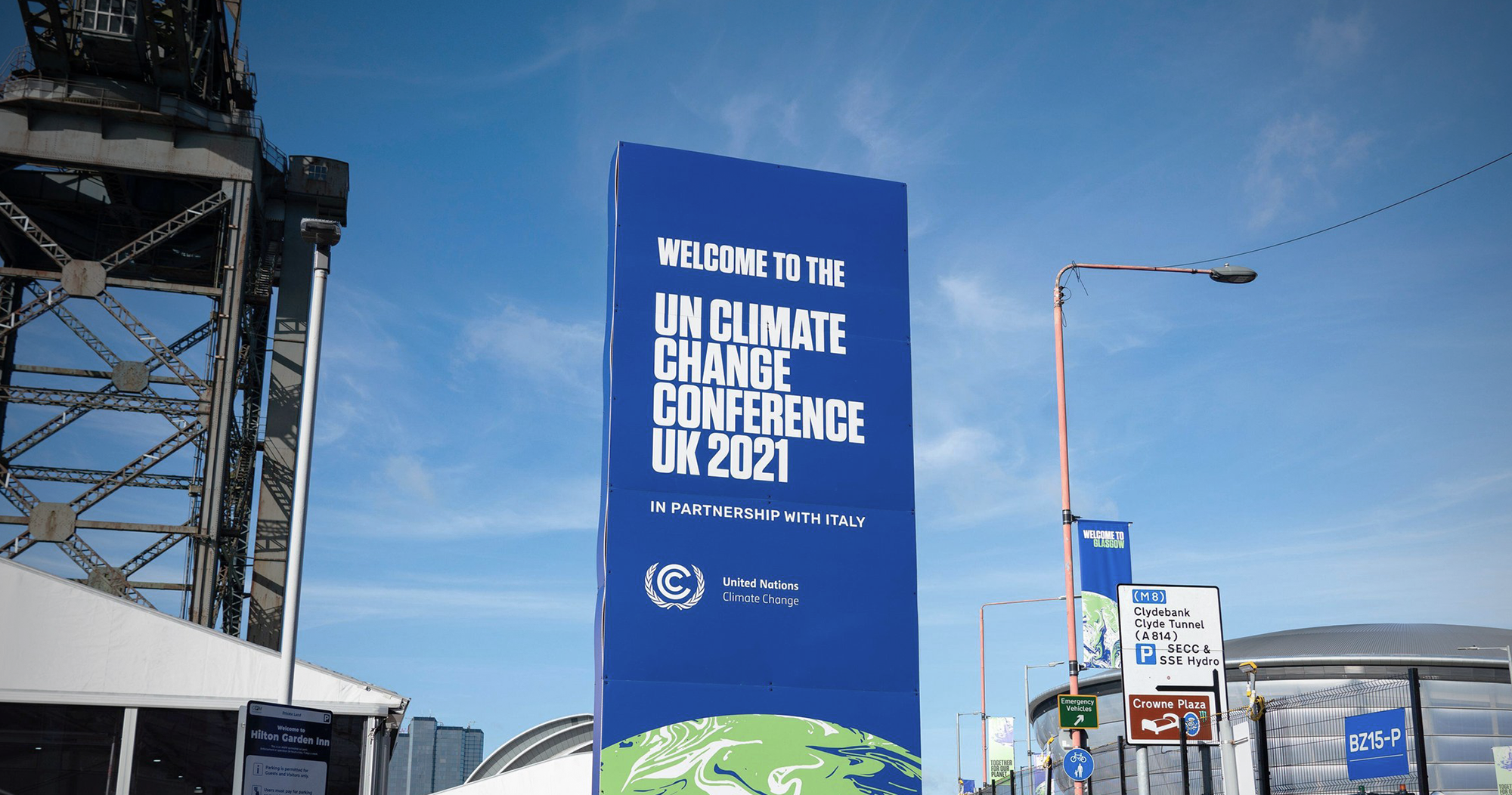At the risk of sounding like an afternoon television life insurance advert; everyone wants to leave a legacy and we all want that legacy to be a positive one. So, as one of the biggest international climate change conferences whirlwinds into Glasgow, it’s time we start asking the question, what will COP26’s legacy be for Scotland? Will it be a positive one with lasting impact? Or will it vanish from Glasgow in a puff of non carbon captured smoke? Here are three ways we can make COP26 a byword for legacy.
A New Saltire Prize For a New Era
Launched in 2008, the Saltire Prize was a £10m Scottish government award for advancement in marine energy. Much hyped at the time, it failed to deliver on its potential as companies were unable to meet the Scottish government’s guidelines.
It is now 2021 and the green tech landscape has changed drastically. A new Saltire Prize for the 2020’s with expanded guidelines to encompass advancement in green tech more generally would support Scotland’s pioneering research and show commitment to tackling climate change beyond PR drafted statements.
An agreement between the Scottish and UK government’s to jointly award it would unlock extra investment and illustrate that cooperation, not conflict, gets results. Scottish innovation supported by both our governments would be a long lasting and seriously worthwhile legacy from COP26.
Transport Reform
“The Chinese use two brush strokes to write the word ‘crisis.’ One brush stroke stands for danger; the other for opportunity. In a crisis, be aware of the danger – but recognise the opportunity.” – John F. Kennedy.
It may not quite be international brinkmanship, but the challenges facing ordinary Glaswegians simply trying to get to work or university during COP26 certainly feels like a crisis. With road closures, potential bus strikes and the will-they-won’t-they Scotrail strike, Glasgow city centre may as well be 500 miles away – and that’s exactly how it will feel.
But in that crisis and the ensuing salience, there is now the opportunity for the government to grasp and reform transport in Scotland. To make it greener, but also more affordable and usable. How to do it?
- The “Saltire Card” – Scotland’s equivalent of the Oyster card – announced by Nicola Sturgeon a decade ago has, like plenty of our buses, simply never turned up. It’s been so long that in the age of the app, a card itself now seems dated. It’s beyond time to simplify using expensive public transport and an app/card that straddles the main transport networks is surely not beyond our capabilities. Lothian buses already has a cap on the amount you pay automatically applied when paying with the same bank card.
- Improved transport apps: if you can track your Deliveroo rider you should be able to track your bus or train.
- Continue the push to electrify Scotland’s rail system with no cutbacks, such as in East Kilbride and endeavour to remove diesel trains from lines where electrification isn’t viable.
- Ensure Scotland is ready for the electric vehicle revolution by building the charging infrastructure to make the switch as seamless as possible. It’s embarrassing that electric vehicles for COP26 are having to be powered by external generators.
Green Community Pilot
Barely a day passes without a front page splash on the cost of decarbonising for the ordinary family. People are then divided into two camps; those that say it’s too expensive and those that say anyone with such reservations doesn’t understand the climate threat.
A key problem is that a lot of this still feels largely theoretical, with plenty of talk but no action. That’s why a genuinely exciting legacy for COP26 would be a Green Community Pilot. Working with a local community – preferably in an area suffering from deprivation – the pilot would counter both the cost narrative and illustrate the transformational potential for locals in quality of life.
This could be pursued and financed by cooperation between both government and the private sector. In this new era, businesses are keen to show their social and green credentials and this would be a perfect opportunity for them to get involved, proving that their products and technology work and are future proof. This would then serve as a model for future Green Community projects.
The impact on local communities would be substantial. Working with them, rather than a top down approach would be pivotal – but the benefits would far surpass that of simply decarbonising. It would show that going green is not a distraction but a key component of improving health and happiness. Imagine it. More walking and cycling opportunities, community gardens, community food development and community energy projects. People will have a real stake and pride in their community. The pandemic has shown that even simply being surrounded by more greenery is good for your mental health and everyone deserves that. Forget the grey concrete rigidity of the past, it’s time to start living in vivid colour.
Now what a legacy that would be.






